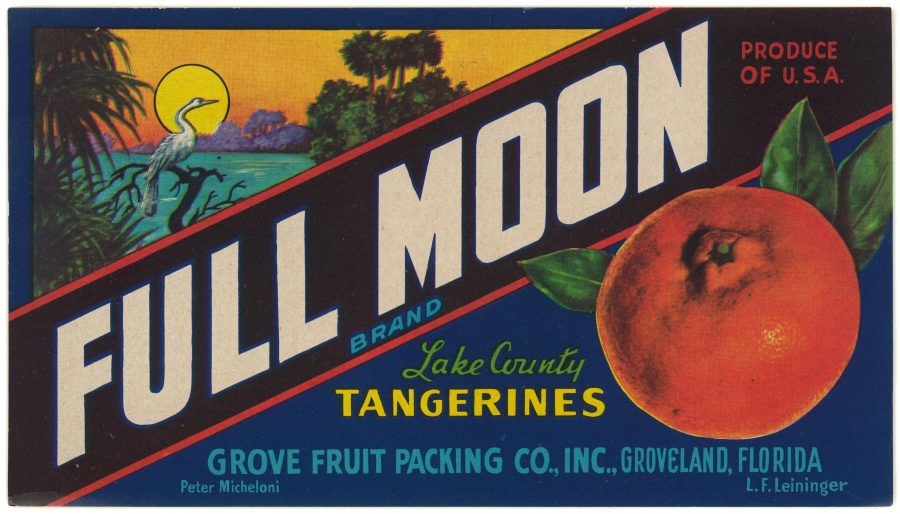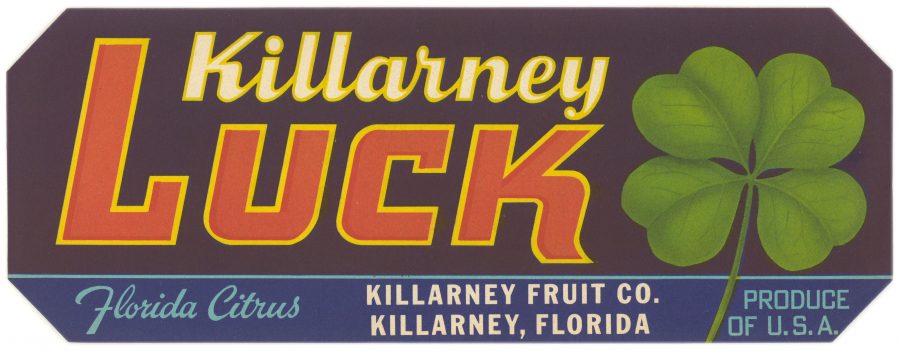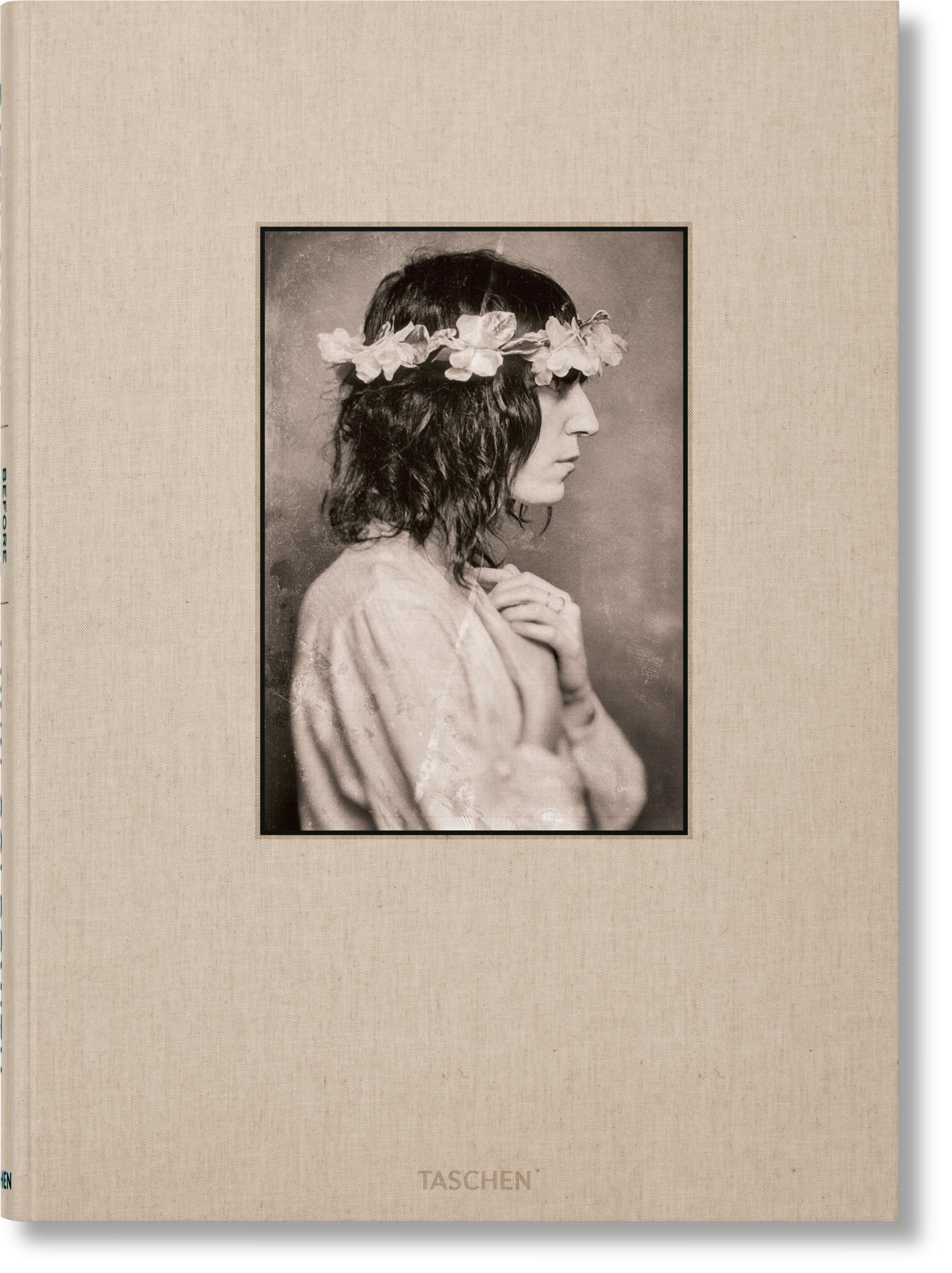“Whatever you find weird, ugly, or nasty about a medium will surely become its signature,” writes Brian Eno in his published diary A Year with Swollen Appendices. “CD distortion, the jitteriness of digital video, the crap sound of 8‑bit — all these will be cherished as soon as they can be avoided.” Eno wrote that in 1995, when digital audio and video were still cutting-edge enough to look, sound, and feel not quite right yet. But when DVD players hit the market not long thereafter, making it possible to watch movies in flawless digital clarity, few consumers with the means hesitated to make the switch from VHS. Could any of them have imagined that we’d one day look back on those chunky tapes and their wobbly, muddy images with fondness?
Anyone with much experience watching Youtube has sensed the lengths to which its creators go in order to deliberately introduce into their videos the visual and sonic artifacts of a pre-digital age, from VHS color bleed and film-surface scratches to vinyl-record pops and tape hiss. “Why do we gravitate to the flaws that we’ve spent more than a century trying to remove from our media?” asks Noah Lefevre, creator of the Youtube channel Polyphonic, in his video essay “The Beauty of Degraded Media.” He finds examples everywhere online, even far away from his platform of choice: take the many faux-analog filters of Instagram, an app “built around artificially adding in the blemishes and discolorations that disappeared with the switch to digital photography.”
Lefevre even traces humanity’s love of degraded media to works and forms of art long predating the internet: take now-monochromatic ancient Greek statues, which “were originally painted with bold, bright colors, but as the paints faded, the art took on a new meaning. The pure white seems to carry an immaculate beauty to it that speaks to our perception of Greek philosophies and myths centuries later.” He likens what he and other digital-media creators do today to a kind of reverse kintsugi, the traditional Japanese art of repairing broken pottery with conspicuous gold and silver seams: “Instead of filling in flaws in imperfect objects, we’re creating artificial flaws in perfect objects.” Whether we’re streaming video essays and vaporwave mixes or watching VHS tapes and spinning vinyl records, “we want our media to feel lived in.”
Or as Eno puts it, we want to hear “the sound of failure.” And we’ve always wanted to hear it: “The distorted guitar is the sound of something too loud for the medium supposed to carry it. The blues singer with the cracked voice is the sound of an emotional cry too powerful for the throat that releases it. The excitement of grainy film, of bleached-out black and white, is the excitement of witnessing events too momentous for the medium assigned to it.” This leads into advice for artists, something that Eno — who has made as much use of deliberate imperfection in his role as a producer for acts like U2 and David Bowie as he has in his own music and visual art — has long excelled at giving: “When the medium fails conspicuously, and especially if it fails in new ways, the listener believes something is happening beyond its limits.” It was true of art in the 90s, and it’s even truer of art today.
Related Content:
A Celebration of Retro Media: Vinyl, Cassettes, VHS, and Polaroid Too
Brian Eno Explains the Loss of Humanity in Modern Music
How Computers Ruined Rock Music
How Ancient Greek Statues Really Looked: Research Reveals Their Bold, Bright Colors and Patterns
Based in Seoul, Colin Marshall writes and broadcasts on cities, language, and culture. His projects include the book The Stateless City: a Walk through 21st-Century Los Angeles and the video series The City in Cinema. Follow him on Twitter at @colinmarshall or on Facebook.







































